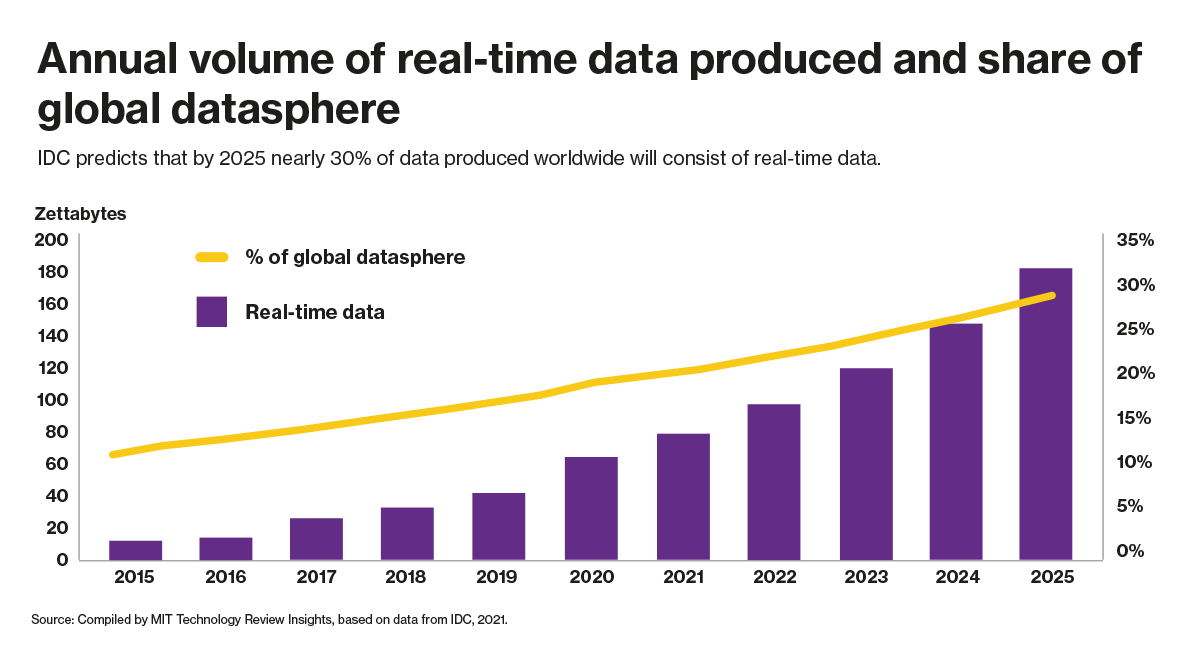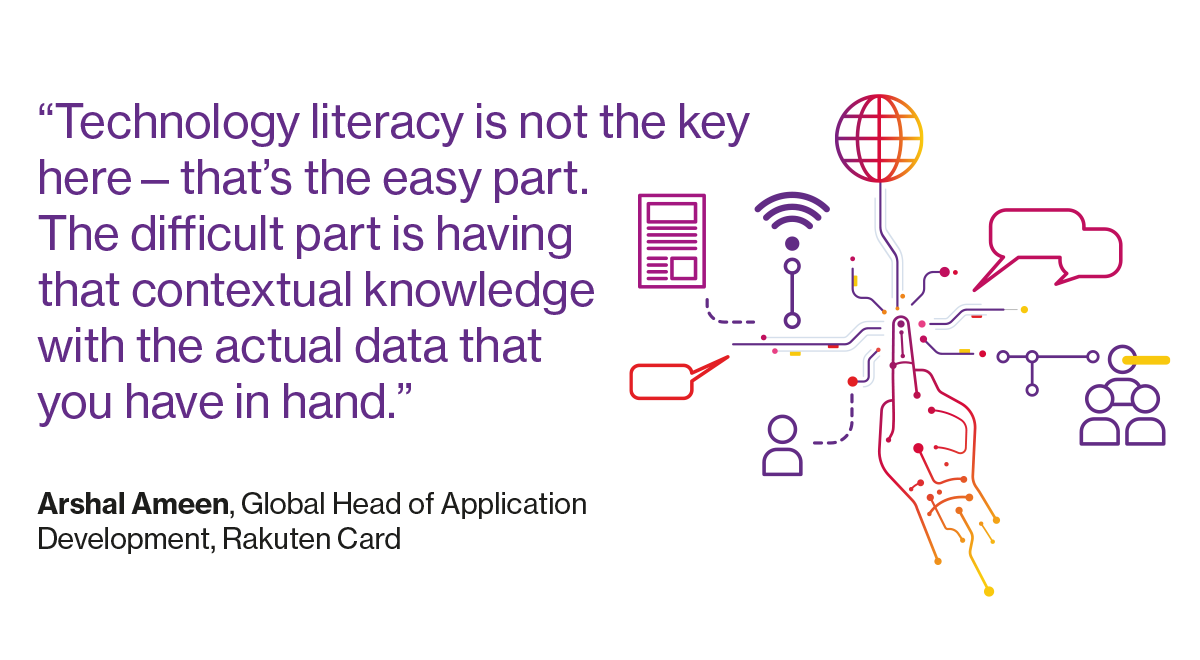This report examines how organizations can rethink their data management strategies to leverage real-time data to develop personalized real-time digital experiences or applications that customers want, boost operational efficiency, and increase business performance.

The following are the key findings of this report:
• Collecting and analyzing data in real time allows companies to create innovative applications. When done right, real-time data can be used to gauge customer sentiment and engagement, accurately deliver targeted content, optimize supply chains, fight fraud, and offer alternatives to missed flights, among other things. However, experts say only a fraction of data from connected devices is collected and processed in real time due to hurdles including legacy technology architectures, signaling untapped potential for enterprises.

• Organizations need to determine which business processes would benefit most from real-time data collection and analysis, because capturing all data and processing it in real time is expensive. Creating architectures to process captured data also becomes exponentially more difficult as the number of devices grows. Companies that create the right data architectures will be able to process the captured data in real time and store the information in a way that is most useful for future decisions.
• Open-source solutions, cloud, and artificial intelligence systems could help organizations overcome the challenges of managing real-time data. Experts we spoke to for this report recommend developing initial data pipelines with open-source technologies. That will help organizations to develop in-house expertise, avoid vendor lock-in, and establish a baseline for expectations. In addition, artificial intelligence (AI) is the next natural progression: Operational data platforms need to support real-time analytic functionality as AI and machine learning (ML) become increasingly embedded in enterprise operations. Real-time, AI-powered apps with the right data, at the right time, will deliver the biggest business impact for leading organizations.
This content was produced by Insights, the custom content arm of MIT Technology Review. It was not written by MIT Technology Review’s editorial staff.
